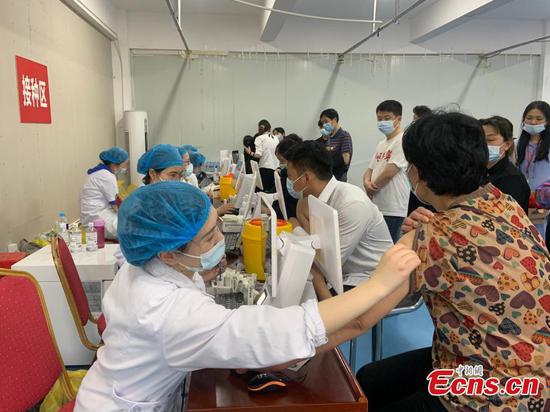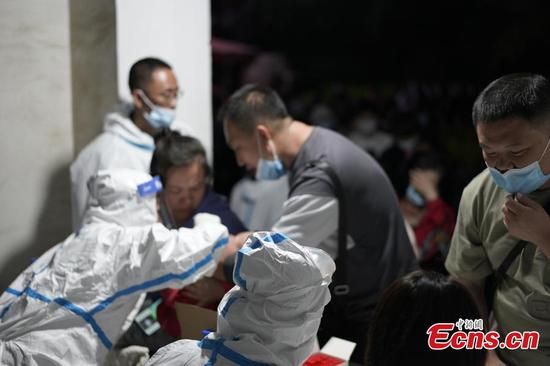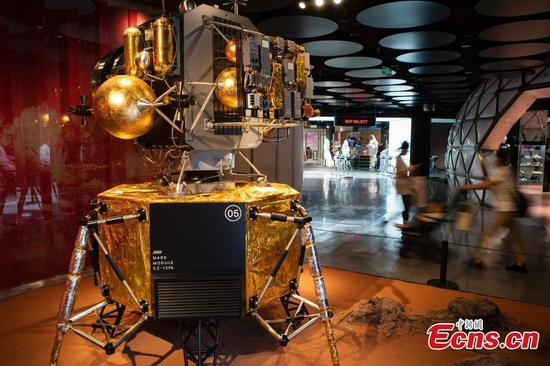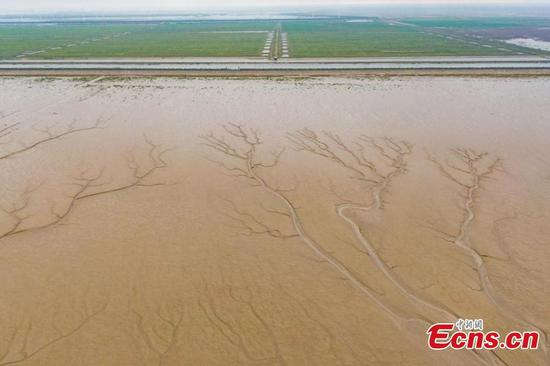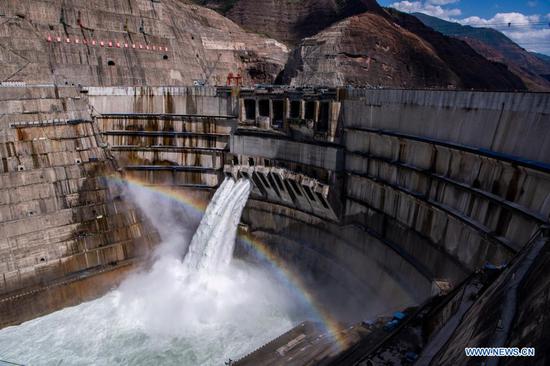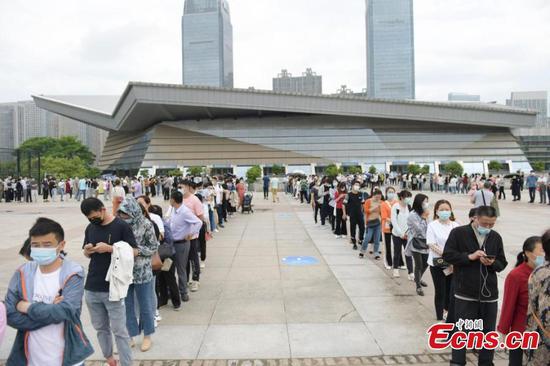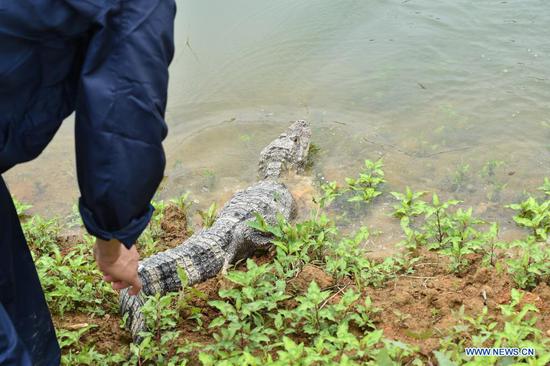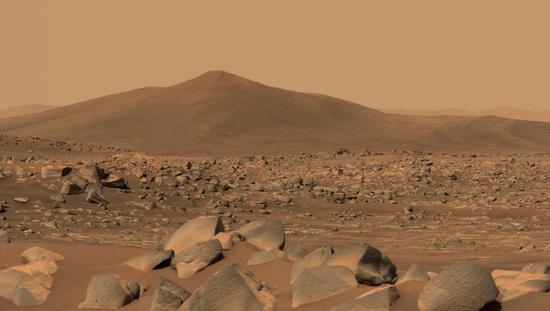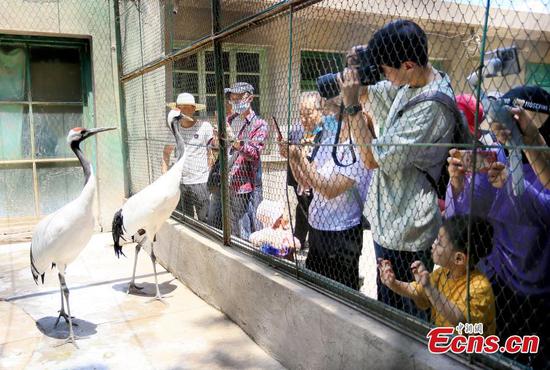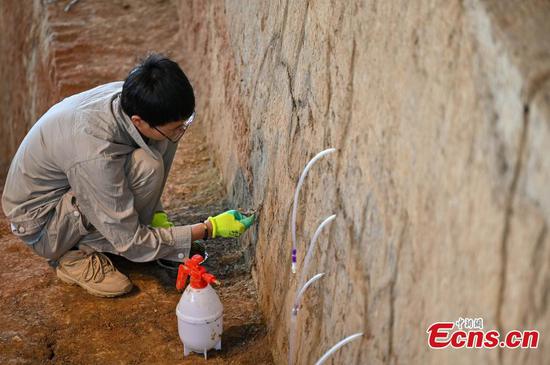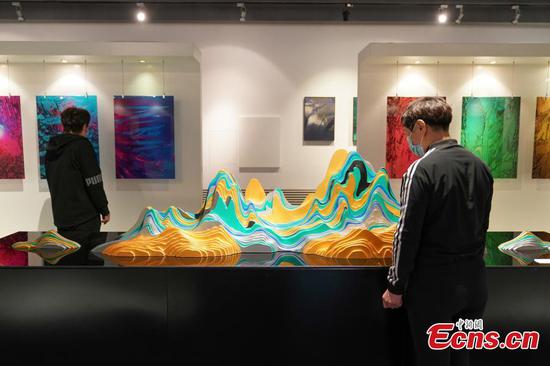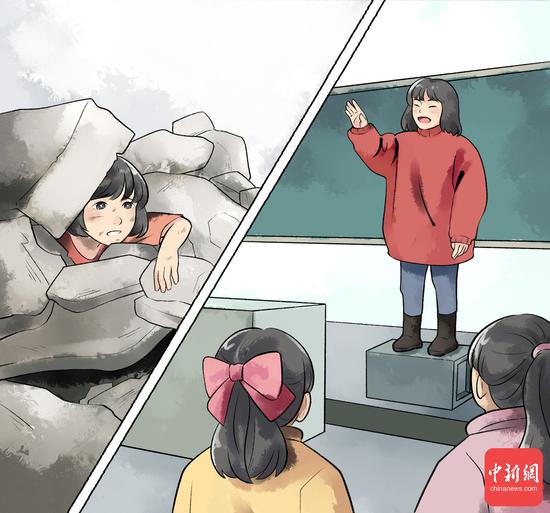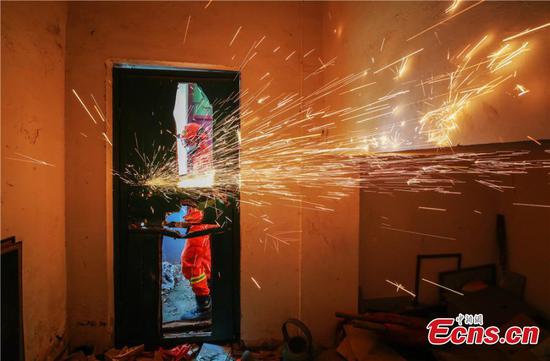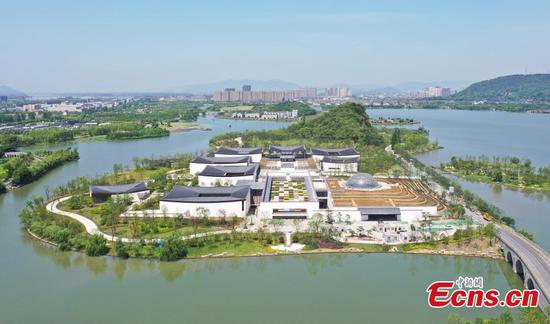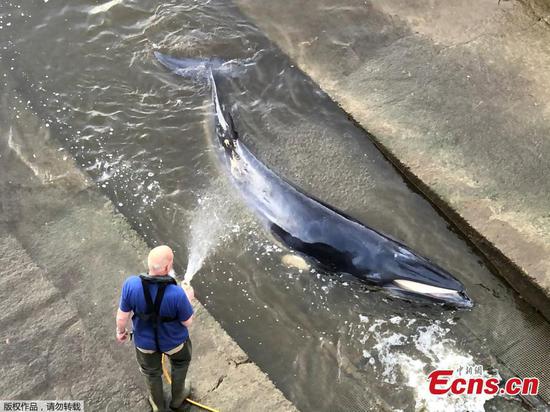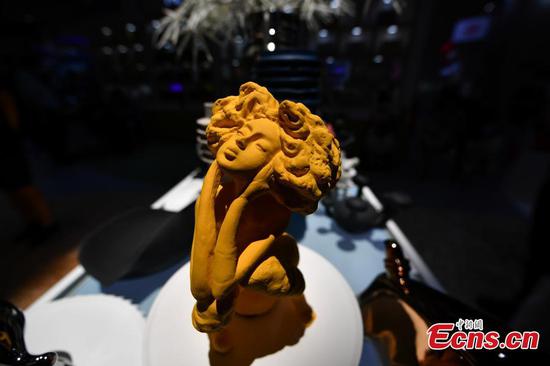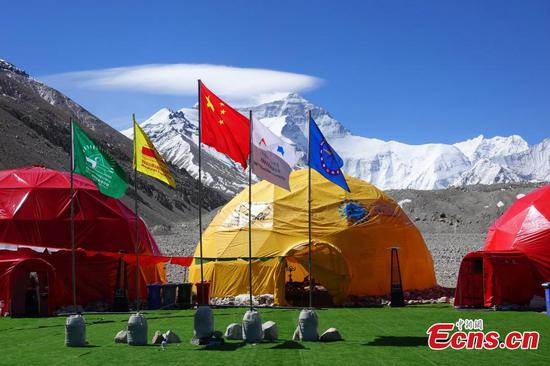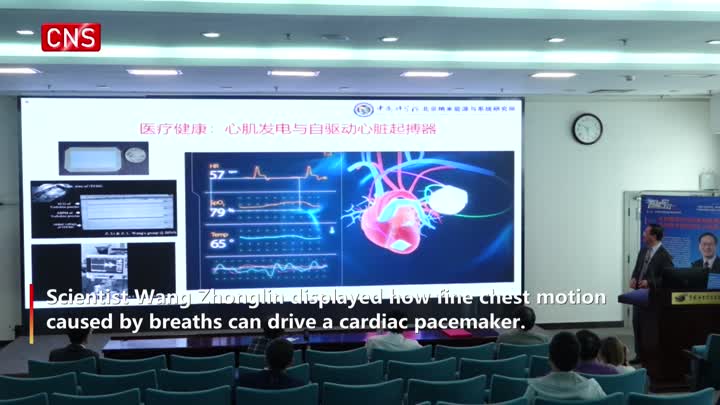
Sophisticated maneuvers
The Tianwen 1 robotic probe activated some of its engines around 1 am on Saturday to move closer to Mars, according to the China National Space Administration. At about 4 am, the craft separated into two parts-the landing module and the orbiter-and the landing module continued to fly toward the Martian atmosphere.
Three hours later, the module, which contained Zhurong, entered the Red Planet's thin atmosphere at an altitude of about 125 kilometers, embarking on the riskiest and most challenging nine minutes of the entire Tianwen 1 mission.
Due to the long distance between Mars and Earth, which stood at about 320 million km on Saturday, and the resulting delay in signal transmission, the whole entry-descent-landing procedure had to be carried out autonomously by the landing module based on a preset program and data obtained by its sensors.
Following a predetermined pro-gram, upon entering the atmosphere, the capsule would first use a heat shield to decelerate, slowing the craft by aerodynamic drag. It would then deploy a parachute to further reduce speed and drop the heat shield. Next, the craft would unfold its four landing legs, drop the parachute and ignite its retrorockets at 1.5 km above the Martian surface.
At about 100 meters, the module would suspend its descent and check the landing spot for obstacles such as rocks. The module would then continue its descent until it reached very close to the surface and the retrorockets shut down and the capsule would touch down.
The capsule successfully landed at 7:18 am on the southern part of the Utopia Planitia, a large plain in Utopia, the largest known impact basin on Mars and in the solar system, the space administration said.
The site was selected because scientists determined that it has suitable terrain and weather for a landing, and is also highly likely to have been part of an ancient Martian ocean, making scientific research extremely worthwhile.
If it rolls safely onto the Martian soil and works as planned, Zhurong will become the sixth rover deployed on Mars-following five US spacecraft-and will give Chinese scientists their first opportunity to closely observe Mars.
Sun Zezhou, chief designer of the Tianwen 1 probe, previously explained that a rover will have to overcome an array of difficulties on Mars, such as disturbances in sunlight reception and extreme weather, in order to survive and operate.
He said the Chinese rover has been programmed to inactivate under extreme circumstances and reactivate itself when it is safe to do so.
Zhurong is 1.85 meters tall and weighs about 240 kilograms. It has six wheels and four solar panels, and can move at 200 meters an hour on the Martian surface. Among the six scientific instruments it carries are a multispectral camera, a meteorological sensor and ground-penetrating radar.
If the semi-autonomous vehicle functions efficiently, it will work for at least three months and undertake comprehensive surveys of the planet.
Its success would mark the completion of all of Tianwen 1's mission objectives-orbiting Mars for comprehensive observation, landing on the planet and deploying a rover to conduct scientific operations. This would make Tianwen 1 the first Mars expedition to accomplish all three goals with one probe.
The Tianwen 1 orbiter has returned to its parking orbit and will continue circling the planet for mapping and measurement with seven scientific instruments, including a high-resolution imager and magnetometer. It also relays signals between ground control on Earth and Zhurong.









